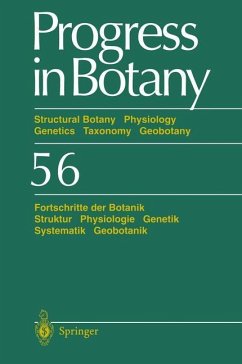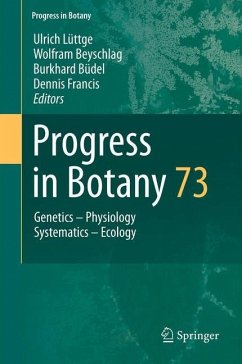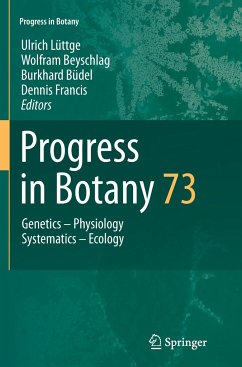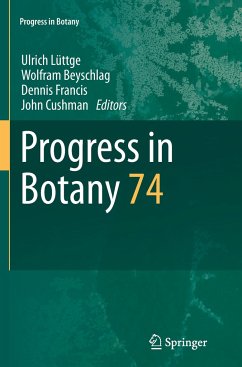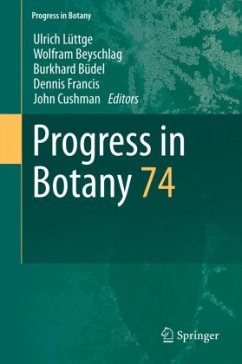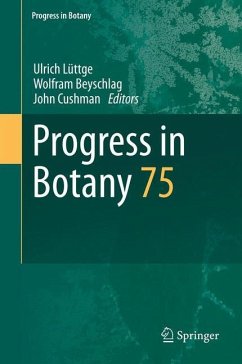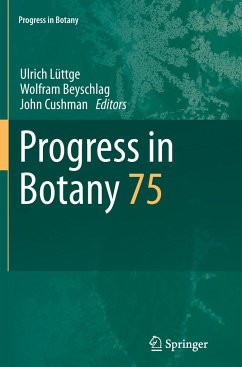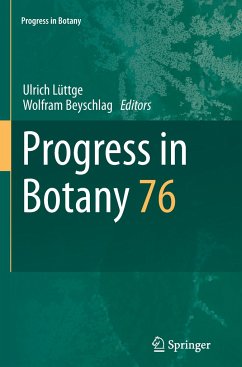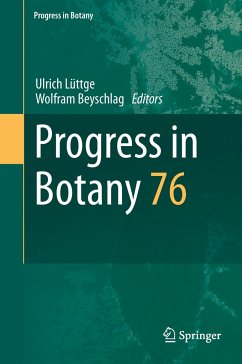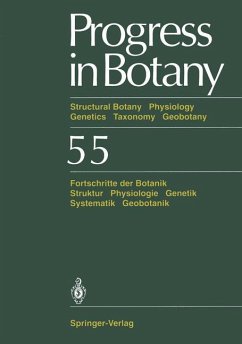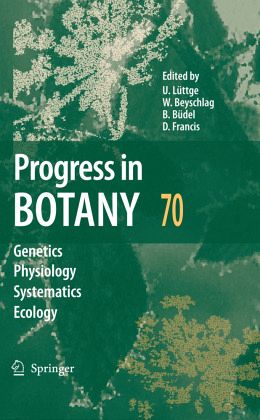
Progress in Botany 70

PAYBACK Punkte
77 °P sammeln!
Time and change characterise the natural world, but in the biological sciences, by comparison with spatial measurements, time is a somewhat neglected parameter. Structural analyses of great depth and elegance have taken our spatial understa- ing to atomic dimensions, where distances are measured in Å. To obtain temporal measurements appropriate to this spatial scale, dynamics on an attosecond time- 18 scale (10 s) are required in order to visualise physico-chemical mechanisms (Baum and Zewail 2006). For certain specific reactions of molecular components obtained from biological sources (e. g....
Time and change characterise the natural world, but in the biological sciences, by comparison with spatial measurements, time is a somewhat neglected parameter. Structural analyses of great depth and elegance have taken our spatial understa- ing to atomic dimensions, where distances are measured in Å. To obtain temporal measurements appropriate to this spatial scale, dynamics on an attosecond time- 18 scale (10 s) are required in order to visualise physico-chemical mechanisms (Baum and Zewail 2006). For certain specific reactions of molecular components obtained from biological sources (e. g. the formation of carboxyhaemoglobin by the oxygenation of haemoglobin), probing of picosecond reactions are important (Brunori et al. 1999). In plants, femtosecond lifetimes of excited states of chlo- phyll are key to the photosynthetic light reaction. These considerations underline the extreme range of dynamic interactions that are necessitated for an understa- ing of the living organism, for if we include the long history of evolutionary change 9 (Fenchel 2002), an upper limit to our studies would extend over about 3. 8 × 10 years (Fig. 1). When the dynamic range of biological processes is to be considered, we must be aware that the system as it performs in vivo is a heterarchy with interactions of great complexity that occur, not merely within a level but between levels, and often across widely-separated time domains. The living state is better considered to be homeodynamic rather than homeostatic (Yates 1992; Lloyd et al. 2001).





